Current Market Data

More buyers have entered the market in the past four weeks as mortgage rates fell.

The increase in builder confidence breaks a string of 12 straight monthly declines in the NAHB/Wells Fargo Housing Market Index.
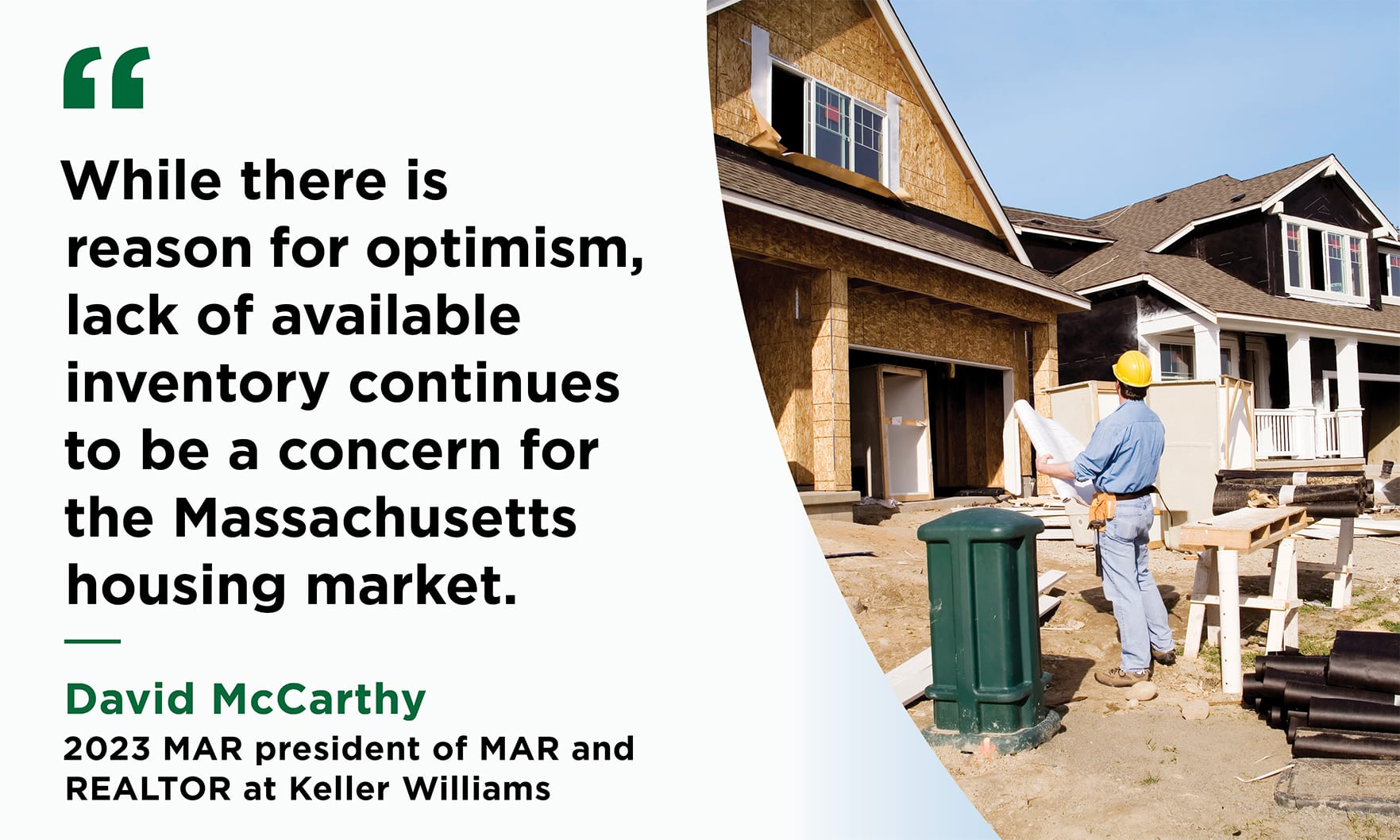
Lack of inventory is slowing market activity, despite signs of change

Redfin attributes the drop to the record high mortgage rates, recession concerns, record low inventory, extreme winter weather and the holiday slowdown.

Boston had the second-lowest share of concessions.
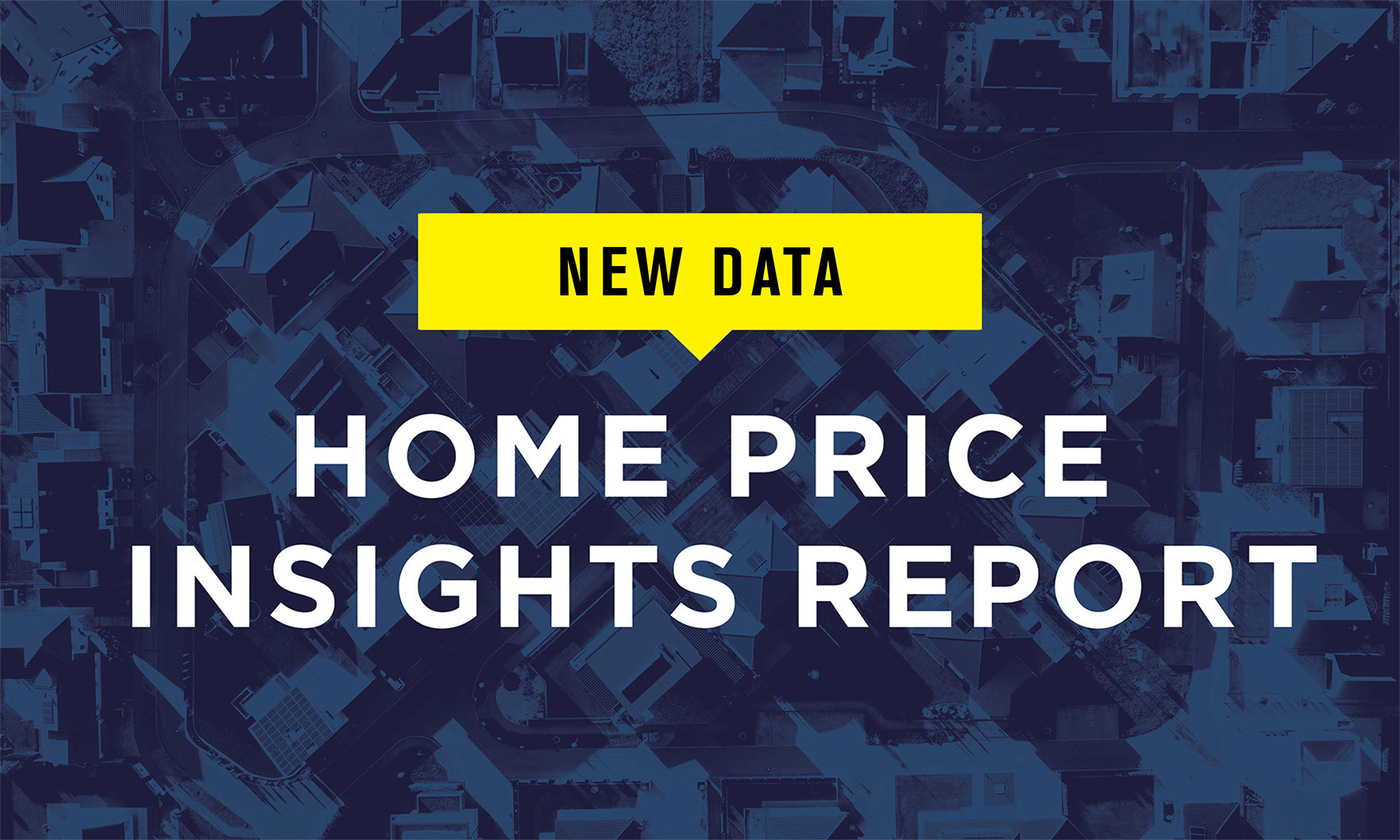
Geographically, the largest home-price increases took place in the Southeast, led by Florida (18%), South Carolina (13.9%) and Georgia (13.6%), CoreLogic reported, citing its November Home Price Insights report.

Homes linger on market longer as buyers take their time

Economic uncertainties, rising interest rates and low inventory continue to affect the market.

Regionally, the pending-sales index fell 7.9% month over month in the Northeast, 6.6% in the Midwest, 2.3% in the South and 0.9% in the West.

At the same time, the median sales price of a new house slid to $471,200 from $484,700 in October and $430,300 a year earlier, the U.S. Census Bureau and the U.S. Department of Housing and Urban Development reported.

The month-over-month decline in sales came as prices rose for the 129th consecutive month, the National Association of REALTORS® said.
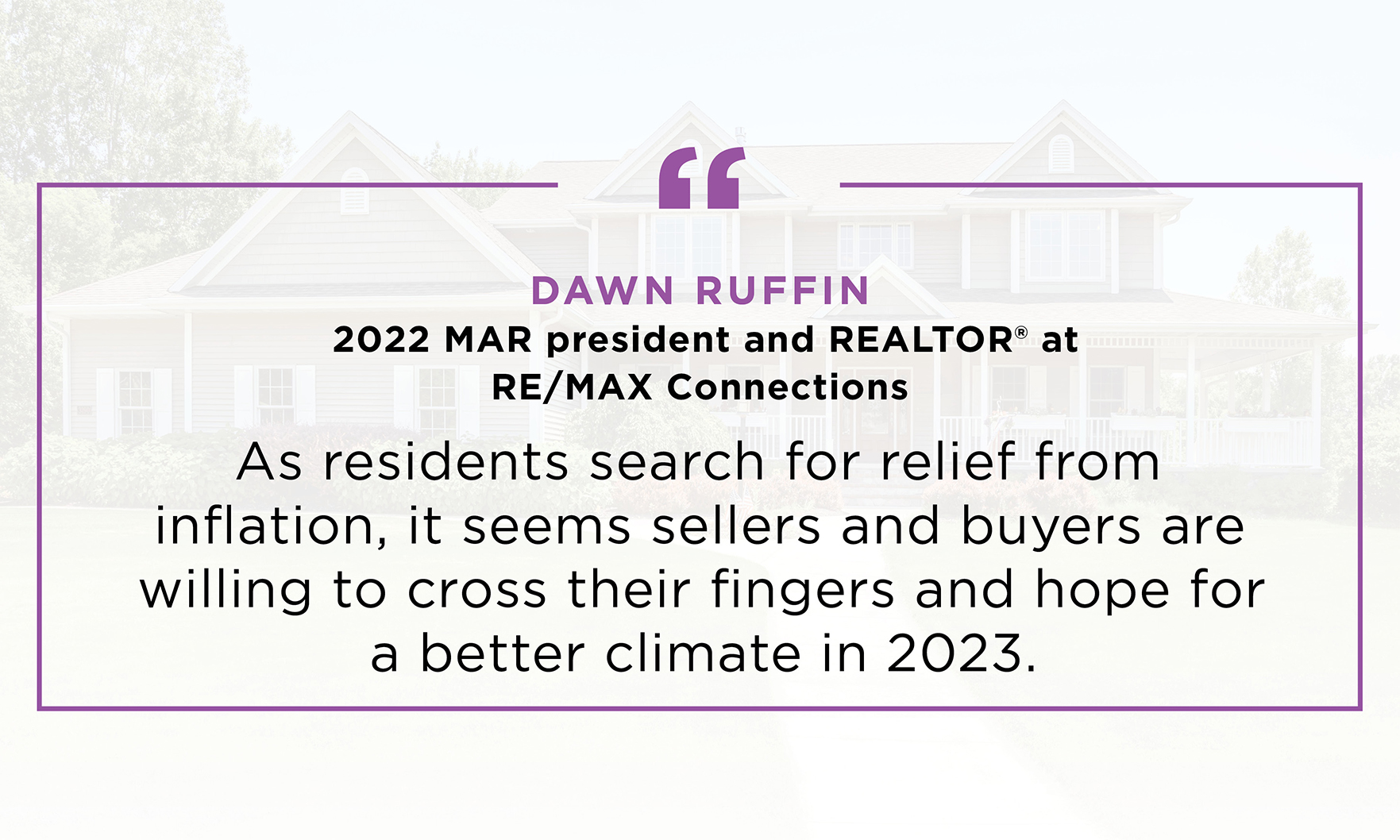
Median home prices rose last month as new listings and closed sales fell, according to the Massachusetts Association of REALTORS® November housing report.

New-home permits fell 11.2% month over month, while housing completions jumped 10.8% in what one observer said could have “worrisome” long-term consequences for the nation’s housing supply.
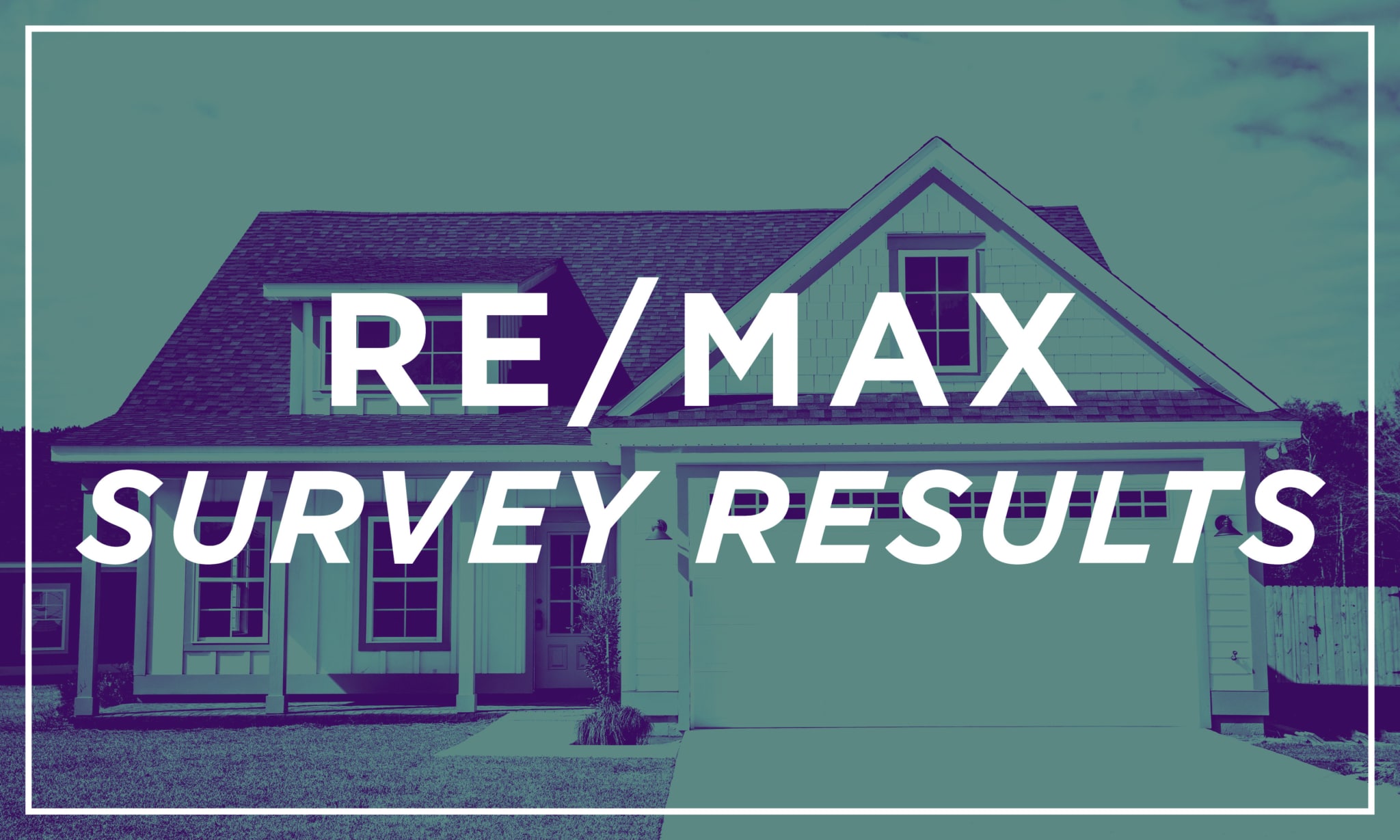
Current real estate market conditions have not discouraged buyers from their plans of homeownership, according to a new survey from RE/MAX.

The 30-year fixed-rate inched to 6.42%, which is still close to the lowest rate in a month, the group said.
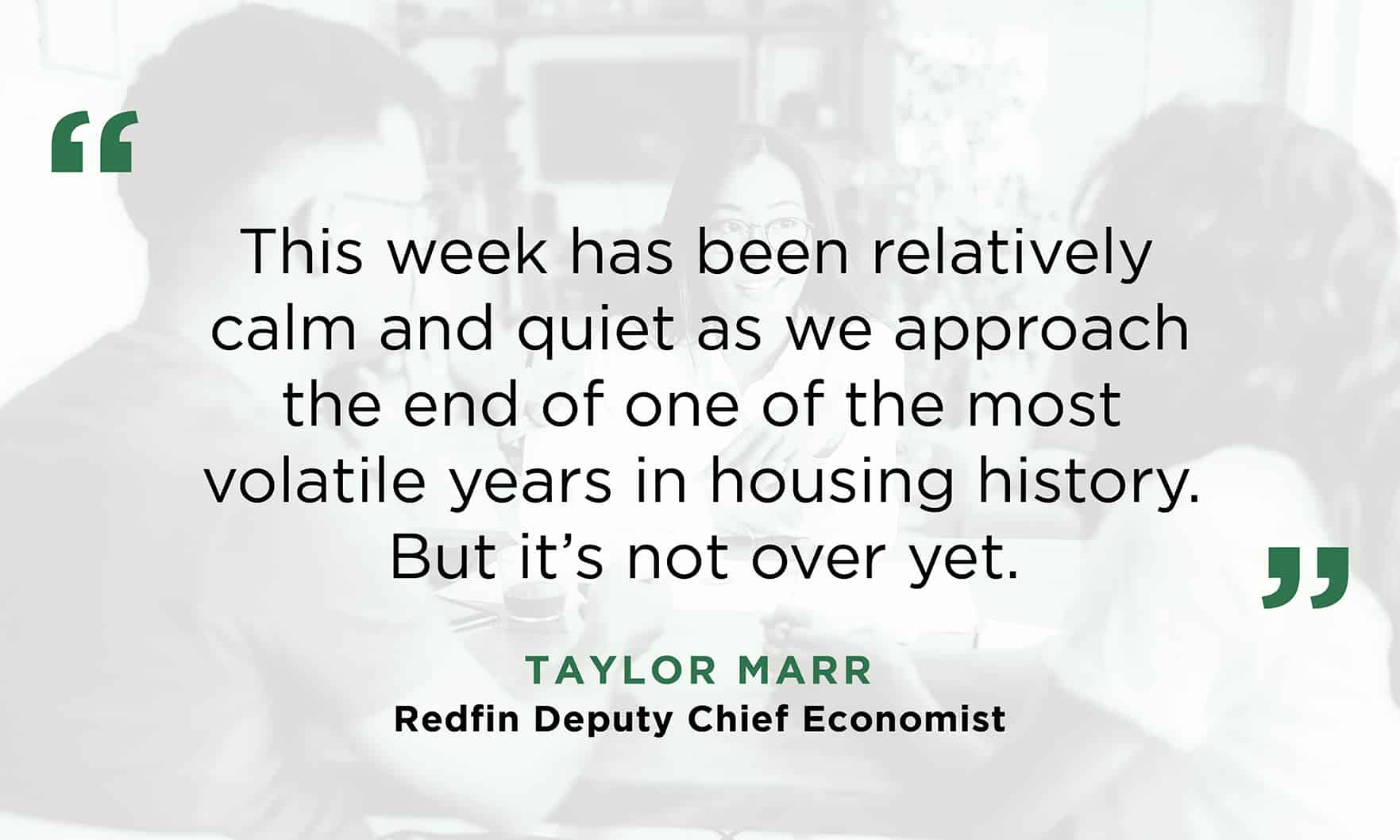
Homes are lingering on the market longer, up 15% from last year during the four weeks ended Dec. 4, marking the largest uptick in home supply since 2015.
